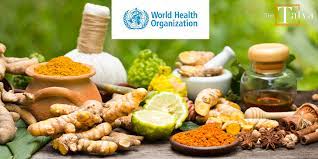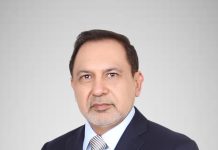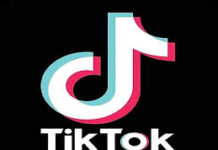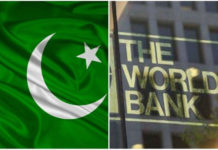Web Desk
The World Health Organization (WHO) has announced to establish the Global Centre for Traditional Medicine in the Western Indian city of Jamnagar.
This global centre aims to harness the potential of traditional medicine from across the world through modern science and technology to improve the health of people and the planet, according to a statement issued by WHO on Friday.
Around 80% of the world’s population is estimated to use traditional medicine. To date, 170 of the 194 WHO Member States have reported the use of traditional medicine, and their governments have asked for WHO’s support in creating a body of reliable evidence and data on traditional medicine practices and products.
“For many millions of people around the world, traditional medicine is the first port of call to treat many diseases,” said Dr Tedros Adhanom Ghebreyesus, WHO Director-General. “Ensuring all people have access to safe and effective treatment is an essential part of WHO’s mission, and this new center will help to harness the power of science to strengthen the evidence base for traditional medicine. ”
The term traditional medicine describes the total sum of the knowledge, skills and practices indigenous and different cultures have used over time to maintain health and prevent, diagnose and treat physical and mental illness. Its reach encompasses ancient practices such as acupuncture, ayurvedic medicine and herbal mixtures as well as modern medicines.
But today, national health systems and strategies do not yet fully integrate the millions of traditional medicine workers, accredited courses, health facilities, and health expenditures.
Some 40% of approved pharmaceutical products in use today derive from natural substances, highlighting the vital importance of conserving biodiversity and sustainability. For example, the discovery of aspirin drew on traditional medicine formulations using the bark of the willow tree, the contraceptive pill was developed from the roots of wild yam plants and child cancer treatments have been based on the rosy periwinkle. Nobel-prize winning research on artemisinin for malaria control started with a review of ancient Chinese medicine texts.
There has been a rapid modernization of the ways traditional medicine is being studied. Artificial intelligence is now used to map evidence and trends in traditional medicine and to screen natural products for pharmacokinetic properties. Functional magnetic resonance imaging is used to study brain activity and the relaxation response that is part of some traditional medicine therapies such as meditation and yoga, which are increasingly drawn on for mental health and wellbeing in stressful times.
In addition, traditional medicine use has also been updated by mobile phone apps, online classes, and other technologies.















